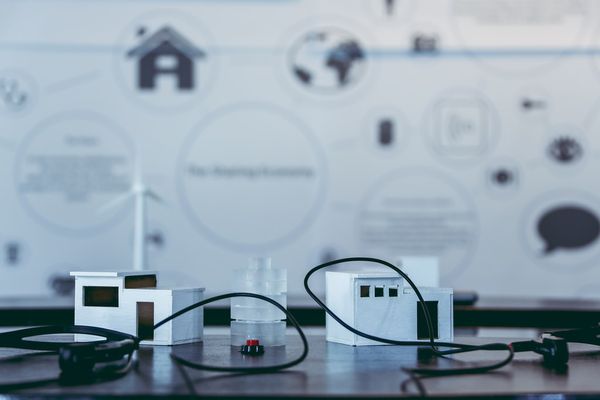Attacks on IoT devices more than doubled in 2015, study shows

Most organizations understand that the Internet of Things (IoT) will bring enormous advantages but also increase risks to data security and privacy. In fact, the number respondents in a recent survey who reported exploits to IoT components such as embedded devices, operational systems and consumer technologies more than doubled in 2015.
By 2020, 34 billion devices will be connected to the Internet, or four devices on average for every human on Earth. Gartner predicts 20 billion devices will be shipped by 2020, IDC says 30 billion and Cisco expects to see 50 billion IoT gadgets delivered in the next five years. Nearly $6 trillion will be spent on IoT solutions over the next five years, while spending on IoT security is expected to reach $547 million in 2018, almost double last year”s $281.54 million.
According to Gartner”s research director, Dionisio Zumerle, the fears over the risks of IoT and interconnectivity are such that China has forbidden its armed forces from using internet-connected wearable technologies.
“While the recurrent revelations about pervasive surveillance and the increasing invasiveness of mobile apps have turned the security industry”s attention to confidentiality, trust in components mainly relies on integrity assurance mechanisms, not encryption,” he added. Read the full interview here.
Recently, researchers from Bitdefender Labs examined four Internet-connected consumer devices and found several common vulnerabilities. The analysis reveals that current authentication mechanisms of internet-connected devices can easily be bypassed to expose networks and users to privacy theft.
“The Internet of Things has the potential to infringe on basic human rights and Internet principles by collecting data with an unprecedented level of detail,” Bitdefender security specialists show in this analysis. “We can learn more about someone than ever, based on the person”s intentional disclosure of eating habits, location, lifestyle, etc. as well as via metadata. And although fragmented data sources seem harmless, by aggregating them, cyber-criminals can create an invasive digital portrait of a person. The IoT expands the reach of surveillance and tracking, leaving users with few or no options to customize privacy settings or control what happens to their data.”
The Global State of Information Security Survey 2016 is a worldwide study by PwC, CIO and CSO, conducted online from May 7, 2015 to June 12, 2015.
tags
Author
Former business journalist, Razvan is passionate about supporting SMEs into building communities and exchanging knowledge on entrepreneurship.
View all postsRight now Top posts
How to Protect Your WhatsApp from Hackers and Scammers – 8 Key Settings and Best Practices
April 03, 2025
Outpacing Cyberthreats: Bitdefender Together with Scuderia Ferrari HP in 2025
March 12, 2025
Streamjacking Scams On YouTube Leverage CS2 Pro Player Championships to Defraud Gamers
February 20, 2025
How to Identify and Protect Yourself from Gaming Laptop Scams
February 11, 2025
FOLLOW US ON SOCIAL MEDIA
You might also like
Bookmarks









